I wanted a circuit to limit the current to say 4A, and found this but it doesn't work in the Proteus simulator. What's wrong with this circuit? anyways to improve it?
here is my expectation of the circuit:
when the inverting input is higher then the non-inverting one, the MOSFET turns off and now non-inverting input is higher so roughly Vcc appears on gate of MOSFET and turns it on again, is it true? if this happens we have pulses of full current passing through the FET and load... shouldn't it go and stay off until the short-circuit disappears?

- 11
- 2
1 Answers
Where did you find this circuit? Please post a link.
When you say it doesn't work, what does that mean? What does it do / not do?
What is the purpose of R4?
A minor problem is that the output stage of an LM358 cannot swing all the way down to GND. It can get close, but whether or not this is enough to turn off Q1 when VR1 is dialed all the way down depends on the FET's datasheet.
4 A through 1 ohm (R1) will generate 16 W, so you will need something larger than a 2 W part. Also, at 4 A the voltage drop across R1 will be 4 V. You don't say what Vcc is, but whatever load this is driving will not see the full Vcc across it.
To your question: Given that we have almost zero information to work with, my guess is that R4 is creating positive feedback and is causing U1 (the opamp) to saturate. Does this sound like a fit for the symptoms you are seeing?
- 16,865
- 1
- 13
- 25
-
original post edited for the web link, and in a try to answer these questions. – mahyar May 17 '22 at 02:29